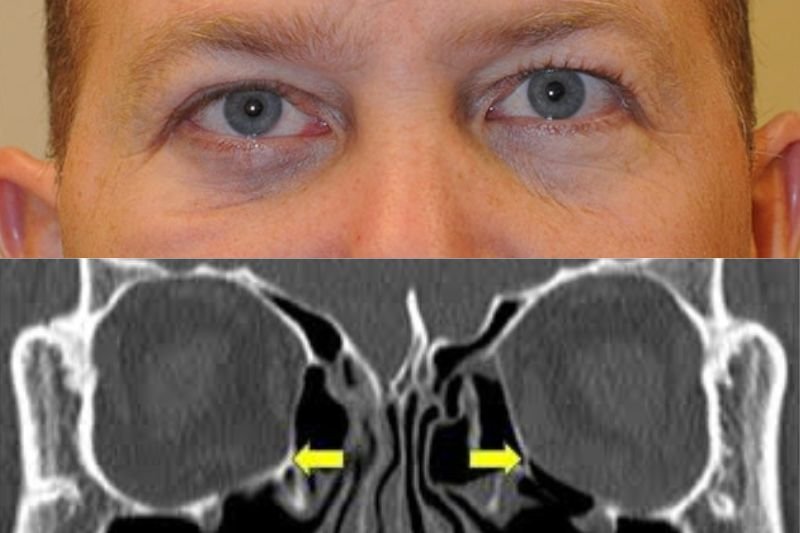NDP EyeCare | Dr. N D Patil | Dr. Gaurav Patil | Cataract | Glaucoma | Oculoplasty | LASIK
Our Latest Equipment is Best to keep your Vision perfect like Eagle!

What is an Orbital Fracture?
Symptoms of Orbital Fractures
Patients with orbital fractures may experience one or more of the following:
Swelling and bruising around the eye
Double vision (diplopia)
Pain with eye movement
Decreased vision or blurred vision
Numbness in the cheek, upper lip, or forehead
Sunken appearance of the eye (enophthalmos)
Difficulty moving the eye in certain directions
When is Orbital Fracture Repair Needed
Not all orbital fractures require surgery. Minor fractures may heal with rest and medications. However, surgery is recommended when:
Vision is affected due to muscle entrapment or nerve compression
The fracture causes significant cosmetic deformity
There is persistent double vision
The eye has shifted backward (sunken eye)
The fracture is large and threatens the stability of the orbital structure
Orbital Fracture Repair Procedure
Orbital fracture repair is a specialized surgery performed by ophthalmic plastic surgeons, maxillofacial surgeons, or ENT specialists. The goal is to restore the normal function and appearance of the eye.
Anesthesia – The procedure is usually performed under general anesthesia.
Incision – Small, hidden incisions are made inside the eyelid or conjunctiva to minimize visible scarring.
Accessing the Fracture – The surgeon carefully exposes the broken bone.
Repair – Depending on the case, the bone is repositioned or supported with implants (such as titanium mesh, porous polyethylene, or resorbable plates).
Closure – The incision is closed with fine sutures, ensuring minimal scarring.
The entire procedure typically takes 1–2 hours.
Recovery After Orbital Fracture Surgery
Hospital Stay – Most patients can return home the same day or after a short hospital stay.
Swelling & Bruising – These usually subside within 1–2 weeks.
Medications – Pain relievers, antibiotics, and eye drops may be prescribed.
Restrictions – Avoid strenuous activities, bending, or heavy lifting for a few weeks.
Follow-up – Regular check-ups are required to monitor healing and vision.
Benefits of Orbital Fracture Repair
Restores normal eye function and movement
Improves vision and reduces double vision
Corrects cosmetic deformities caused by the fracture
Prevents long-term complications like sunken eyes
Enhances confidence and quality of life
Precautions After Surgery
To ensure proper healing, patients are advised to:
Keep the head elevated while resting
Use prescribed cold compresses to reduce swelling
Avoid blowing the nose for at least 2 weeks (to prevent orbital pressure)
Refrain from heavy exercise until cleared by the doctor
Attend all follow-up appointments

